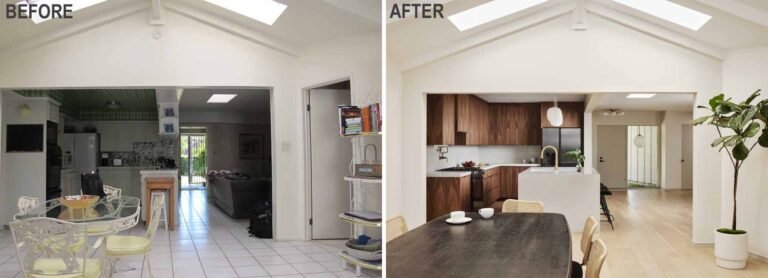this ‘full home’ by leckie studio fits a number of generations as canada’s housing costs soar
multi-generational living in canadian cities
with its newly completed ‘full house’ in vancouver, leckie studio introduces a work of architecture that will accommodate multiple generations of family members to grow up together. with this goal in mind, the timber multi-generational dwelling is designed to last a hundred years or more.
the project stands as a contextual response to the economic, social, and urban conditions of vancouver, as cities across canada are seeing skyrocketing real estate prices and a general increase in the numbers of adults living with their parents. the design team notes that the average selling price for a detached house is now over $1,800,000 (over $650,000 for condos, and over $850,000 for townhomes), multi-generational living is the only viable home ownership option for many families.

images by leckie studio architecture and design
leckie studio builds a ‘full house’
leckie studio architecture + design (see more here) regardless of whether the situation is a result of choice or financial necessity, the benefits of multi-generational living are becoming widely recognized. these include financial support, mutual benefits for young and old through childcare, decreased physical and emotional isolation for aging grandparents, as well as emotional bonding and closeness across generations.
the benefits of multi-generational living — emotional, physical, and financial — are experienced by all family members. adult children living at home can save money while going to school or working. spending time with young children can bring purpose and meaning to the lives of older generations, while the demands of keeping up with kids – both physically and intellectually – helps grandparents stay active and feel younger. the benefits to grandchildren include empathy, learning care and respect for elders, as well as important social role-modeling.

a reconfigurable home
leckie studio’s ‘full house’ is conceived as a five-bedroom home with a detached one-bedroom laneway dwelling. the home is reconfigurable to operate across a variety of traditional program scenarios through the orientation of a pivot door — inspired by the duchamp door: 11, rue larrey (1927). the device is a pivoting steel plate partition that can occupy three possible positions, and adjusting the position of the door alters the architectural programming of the suites in the house.





